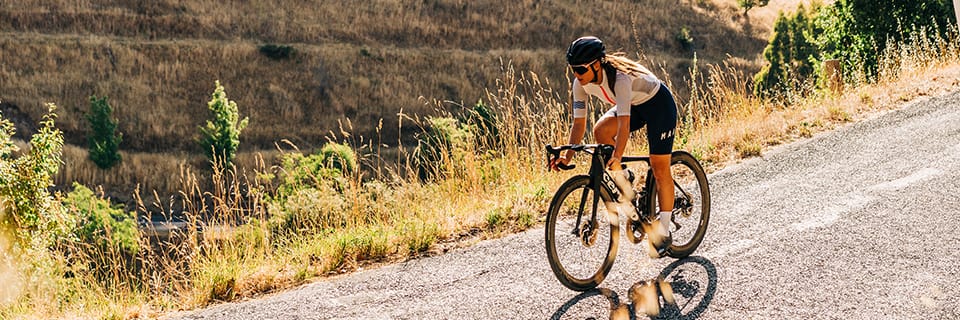The world of cycling is constantly evolving. Every year sees the arrival of new designs and technologies designed to increase cyclists' efficiency. This is partly ensured by the transmission since it relays your effort on the pedals, driving the rotation of the rear wheel. Consisting of all the sprockets, the cassette is your bike's gearbox, enabling you to progress by choosing the right gear ratio.
Transmission options have become much more diverse with the advent of ever wider and more extensive cassettes. Today, the 12-speed transmission marks a new step forward in the quest for optimum performance. Here's what you need to know to get you through!
What are the advantages of a 12-speed transmission?
The 12-speed transmission offers several advantages:
-
Better-spread teeth
Your 12-speed transmission allows you to mount an additional sprocket a sprocket on the cassette for smoother gear changes, without excessive development gaps. Campagnolo, for example, offers cassettes whose first seven sprockets follow each other tooth by tooth. This is a comfort, because it's on the smallest sprockets that each gear change is the most sensitive in terms of development, and therefore change in pedaling cadence.
Choosing the right cassette means greater comfort of use and greater bike versatility. The twelfth gear is ideal for filling a gap in the development combination.
-
A wider range of gear ratios
Thanks to the additional crown gear, you can widen the gear range of your cassette with a smaller or larger sprocket at the ends. b. A wide sprocket spacing allows you to tackle a wide variety of situations, from flat terrain to steep climbs.
Key points
- SRAM, Campagnolo and Shimano drivetrains
- Transmission type: mechanical or electric
- Single or double chainring
- Brake type : discs or pads
- Freewheel body compatibility: Campagnolo ED, Shimano HG and SRAM XDR
- Mounting options
Market players
American brand SRAM is an essential leader in the drivetrain sector. By introducing 12 speeds to the mountain bike market in 2015, it has acquired serious experience in this segment. Its two flagship groupsets, Red and Force eTap AXS, are equipped with 12 speeds and a wireless electronic drivetrain. The cassette features a 10-tooth first sprocket and smaller chainrings. This allows for a wider range of developments, with tighter gaps between each sprocket.
Always a forerunner in the drivetrain field, the Italian brand offers prestigious products of the highest technological level. As previously mentioned, Campagnolo chose to add a gear in the middle of the cassette to make gear changes smoother. It retains traditional chainring torques and an 11-tooth start.
For the Japanese brand's centenary, Shimano has launched two groupsets from the Dura-Ace R9200 and Ultegra R8100 ranges. These new top-of-the-range Di2 12-speed electronic groupsets are available in 11-30 and 11-34 configurations to widen the gearing range. This means you can keep your 11-speed freewheel compatible with the technology used, for better use of your wheel on the road and on the home trainer. What's more, the gear spacing is linear, with no gear jump in the middle of the cassette.
Mechanical or electric?
The main difference between an electric and a mechanical transmission is the ease of use offered by the electric. There's no longer any difficulty tilting the plate over a bump, or shifting gears in the rain or cold. Mechanical transmissions also require more regular maintenance and wear out more quickly. For the electric transmission, the main disadvantage is the risk of breakdown during the ride, and a higher price tag.
Campagnolo offers the Super Record EPS groupset. The choice is wider for mechanical drivetrains, with three different groupsets: As for SRAM, the American brand is only available in electric drive with the Force Etap and Red Etap groupsets. Shimano offers two groupsets in 12-speed electric drive, with the Dura Ace R9200 and the Ultegra R8100.
Single or double chainring?
This increase in the number of available gear ratios means that the evolution can be taken a step further, by switching to single chainrings for Cyclocross or Gravel, as is now the case in mountain biking. This makes gear changes easier to manage, with just one lever to use. It also ensures an optimized chainline, as the single chainring is recentered in relation to the cassette. The result is weight savings, aerodynamics and ease of maintenance.
However, the use of a double chainring gives you a much wider choice of gear ratios, which is interesting on the road, especially if your route includes varied terrain.
Braking
All Campagnolo, Shimano and Sram 12-speed groupsets are compatible with both pad and disc brakes.
Disc brakes offer several advantages: greater braking power in all weather conditions, no wear on the rim surface, and no more problems with cables that oxidize or seize. They ensure not only powerful but progressive braking, which considerably reduces braking distances. What's more, with less effort required on the lever, the rider can be more relaxed.
Having said that, it's important to remember that disc brakes weigh more than pad brakes, and therefore add extra weight to your machine. What's more, this type of brake requires more rigorous maintenance and more specific adjustments, which can make bike maintenance a little more difficult.
Compatibility
A groupset is made up of components designed to work together. You must therefore avoid risky combinations between several accessories. Only a complete groupset from the same brand will guarantee optimum use. In all cases, switching to a 12-speed drivetrain means changing the entire drivetrain, i.e. cassette, chain, derailleurs, levers and crankset.
Campagnolo makes it possible to adapt a 12V cassette to an 11V cassette body, since it uses the same spacing. It is therefore possible to keep the same wheels, if they have a Campagnolo ED cassette body.
The configuration is identical at Shimano, where the 12V cassette is compatible with a wheel fitted with an 11-speed HG freewheel body.
For SRAM, the first 10-tooth sprocket requires a specific XDR cassette body, but many brands offer XDR freewheel bodies for their wheels. XDR freewheel bodies are compatible with all XD cassettes when the cassette is installed with a 1.85 mm spacer behind it. Once again, current wheels can be used with this modification.
Mounting options
| Mechanical assembly | Electronics group | Single-plate | Double platter | Rim brakes | Disc brakes | Time trials | |
| Sram Red Etap AXS | Yes | Yes | Yes | Yes | Yes | Yes | |
| Sram Force Etap AXS | Yes | Yes | Yes | Yes | Yes | ||
| Campagnolo Super Record EPS | Yes | Yes | Yes | Yes | |||
| Campagnolo Super Record | Yes | Yes | Yes | Yes | |||
| Campagnolo Record | Yes | Yes | Yes | Yes | |||
| Campagnolo Chorus | Yes | Yes | Yes | Yes | |||
| Shimano Dura-Ace R9200 Di2 | Yes | Yes | Yes | ||||
| Shimano Ultegra R8100 Di2 | Yes | Yes | Yes |
Découvrez tous nos conseils & Tutoriels
Road - Rear Derailleurs - 12-Speed
-
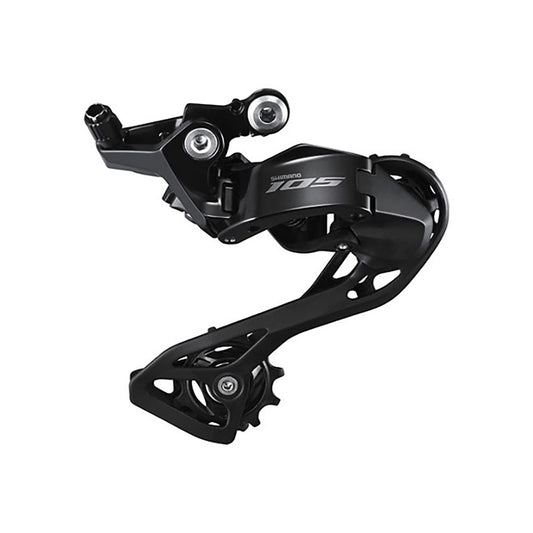
SHIMANO 105 R7100 12V rear derailleur
Regular price 32,99 €Regular priceUnit price per -
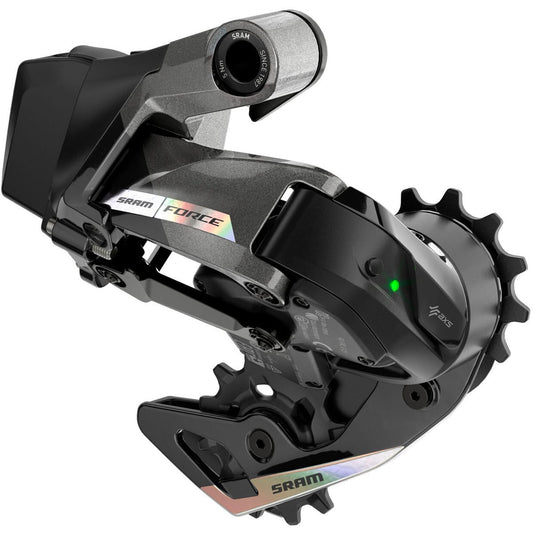
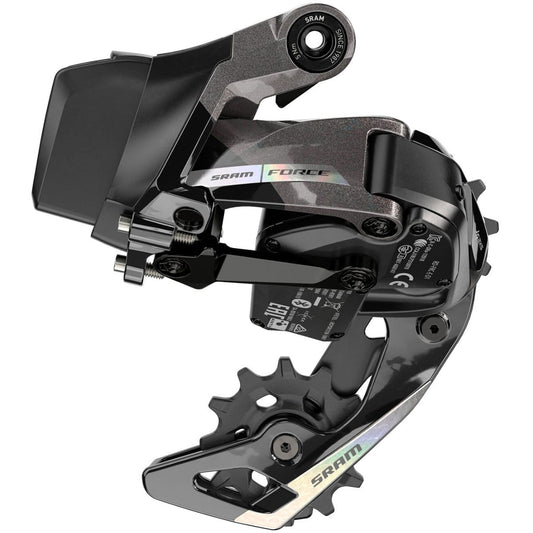
SRAM FORCE AXS 12V rear derailleur
Regular price 279,90 €Regular priceUnit price per -
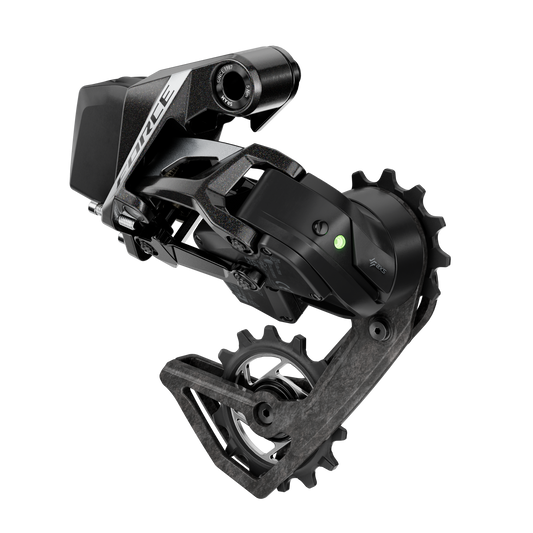
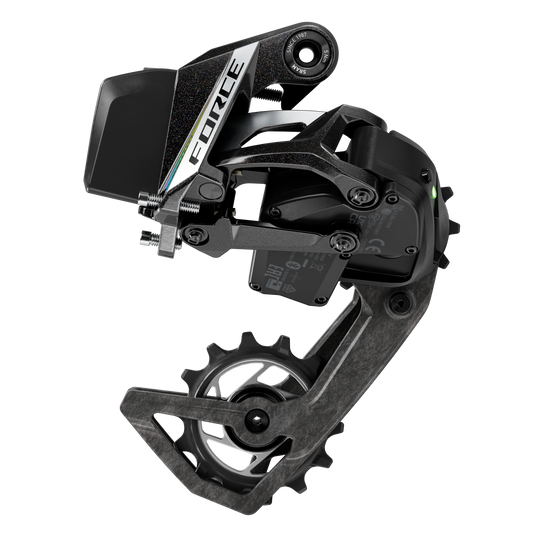
SRAM FORCE AXS E1 2x12V Max 36T Rear Derailleur (Without Battery)
Regular price 319,90 €Regular priceUnit price per -
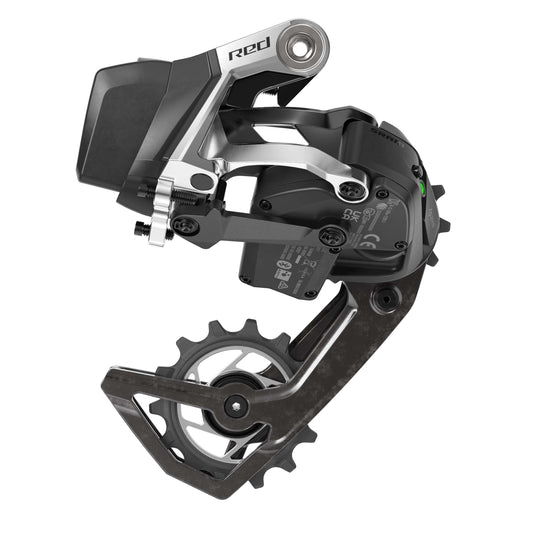
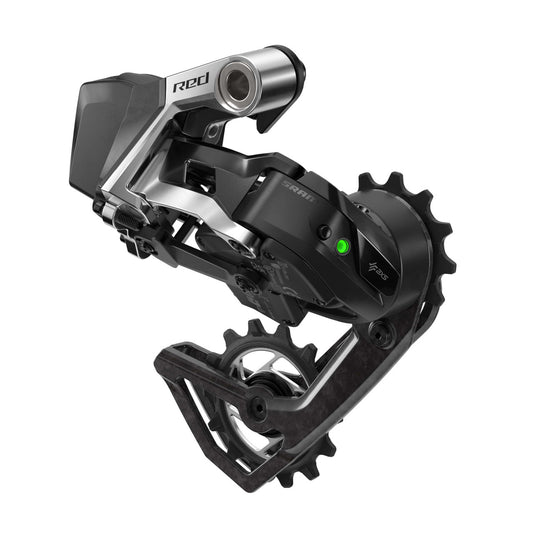
SRAM RED AXS E1 12 Speed rear derailleur
Regular price 599,99 €Regular priceUnit price per -
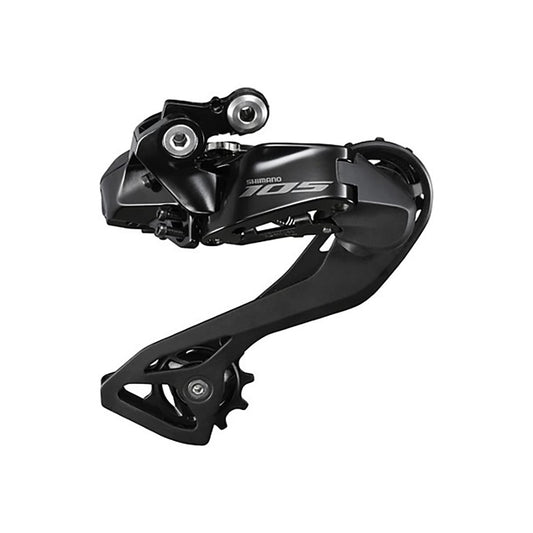
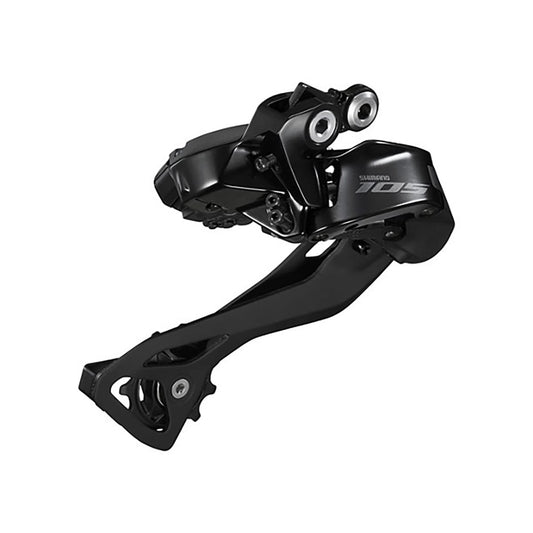
SHIMANO 105 DI2 R7150 12V rear derailleur
Regular price 215,90 €Regular priceUnit price per -
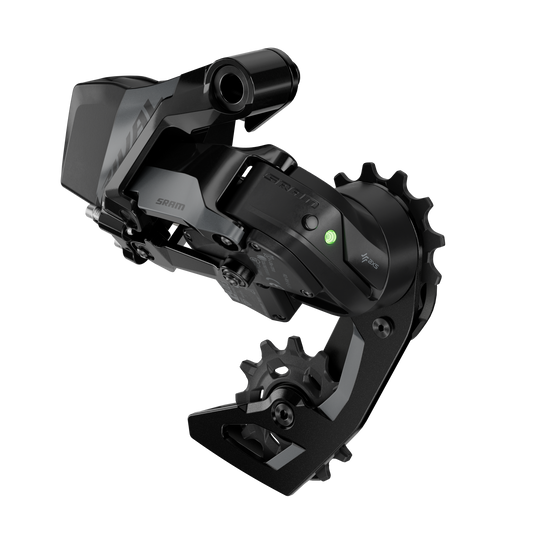
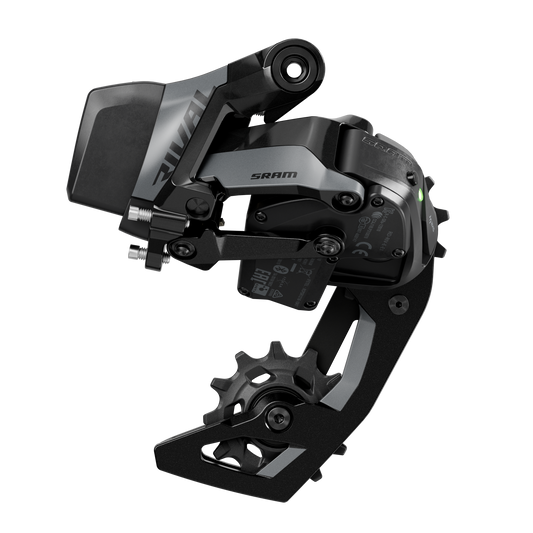
SRAM RIVAL AXS E1 2x12V Max 36-tooth rear derailleur (without battery)
Regular price 279,90 €Regular priceUnit price per -
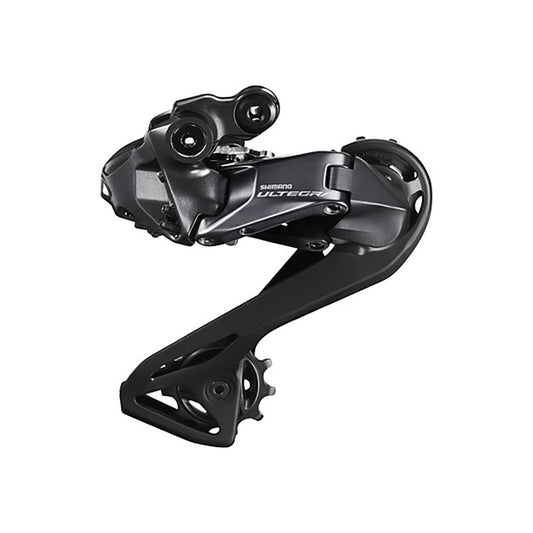
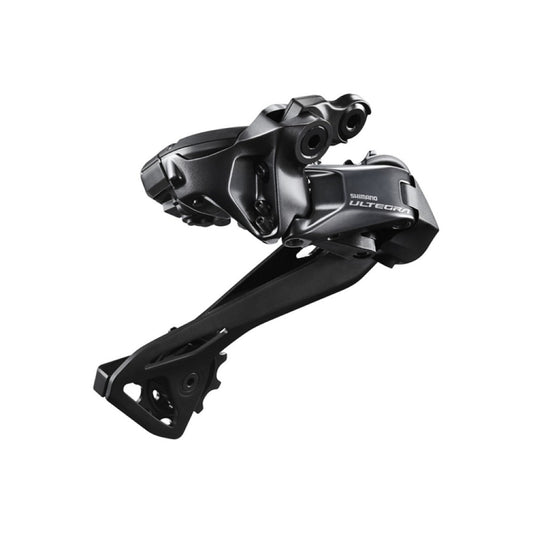
SHIMANO ULTEGRA DI2 R8150 12V rear derailleur
Regular price 359,90 €Regular priceUnit price per -
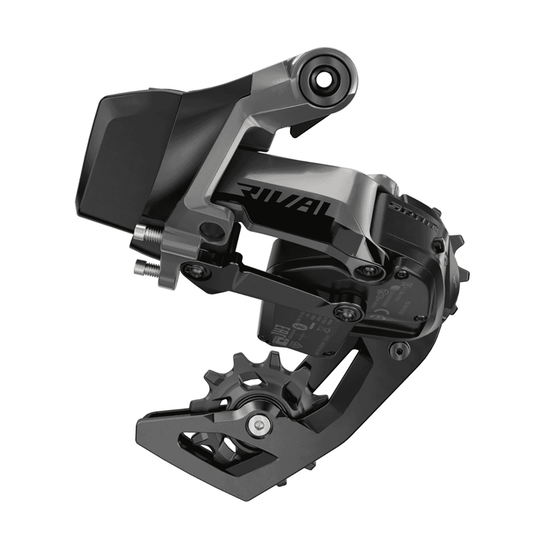
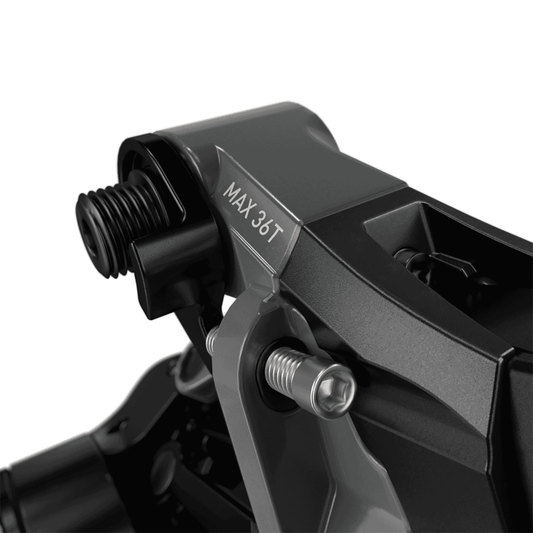
SRAM RIVAL AXS 12V rear derailleur
Regular price 269,90 €Regular priceUnit price per
